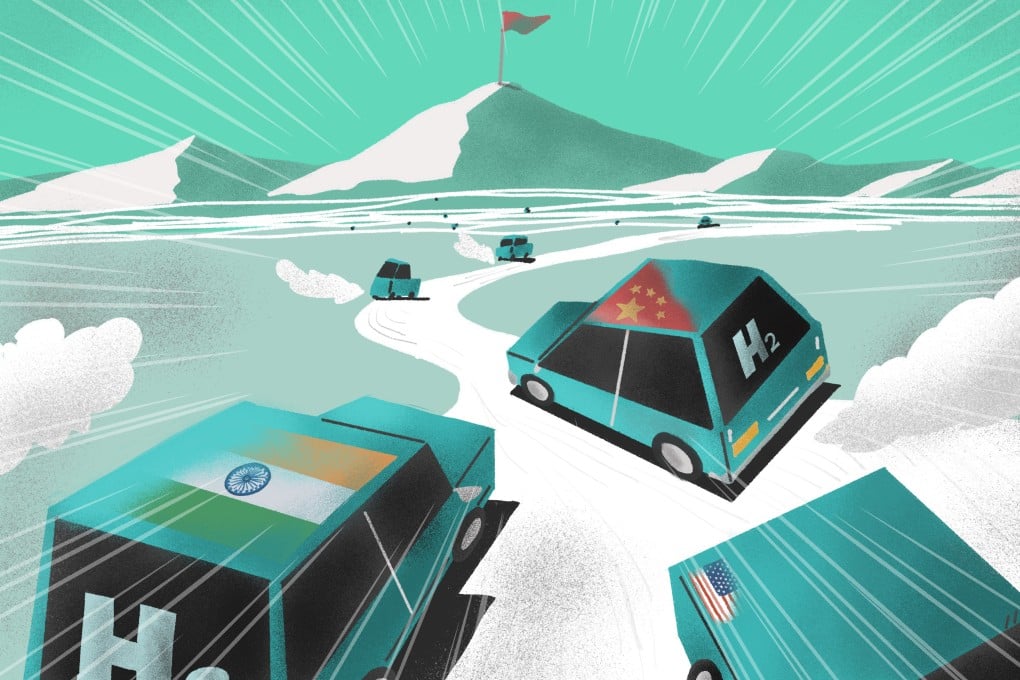Green hydrogen: will China, US or EU dominate the global clean energy race?
- In the first of a four-part series, Peggy Sito and Yujie Xue look at the competitive edge of different countries and regions in the green hydrogen industry

In the first of a four-part series on hydrogen, the South China Morning Post looks at the competitive edge of different countries and regions in the nascent but promising green hydrogen industry – dubbed the future of energy.
A week ago, Jiangsu Guofu Hydrogen Energy Equipment, another Chinese start-up, signed an agreement with the Abu Dhabi government to build a hydrogen energy equipment factory in the emirate. The agreement came within months of the firm taking part in the construction of a high-speed green hydrogen refuelling pilot station in the city, aiming to revolutionise transport and promote zero-carbon practices.
China and the Middle East, though relatively new entrants compared with the European Union and the United States, are poised to grow their green hydrogen sectors. Middle Eastern countries have abundant renewable energy resources and capital to invest in the industry. China, meanwhile, has taken the lead on electrolyser deployment, controlling 50 per cent of global capacity at the end of last year, according to the International Energy Agency. Electrolysers are industrial devices used to separate the hydrogen and oxygen in water molecules.
The global shift towards this renewable energy source sets the stage for increased cross-border trade and international cooperation. Industry experts predict that the race for a strong grip on the green hydrogen economy will not only transform economic ties between nations but also impact geopolitical dominance.
